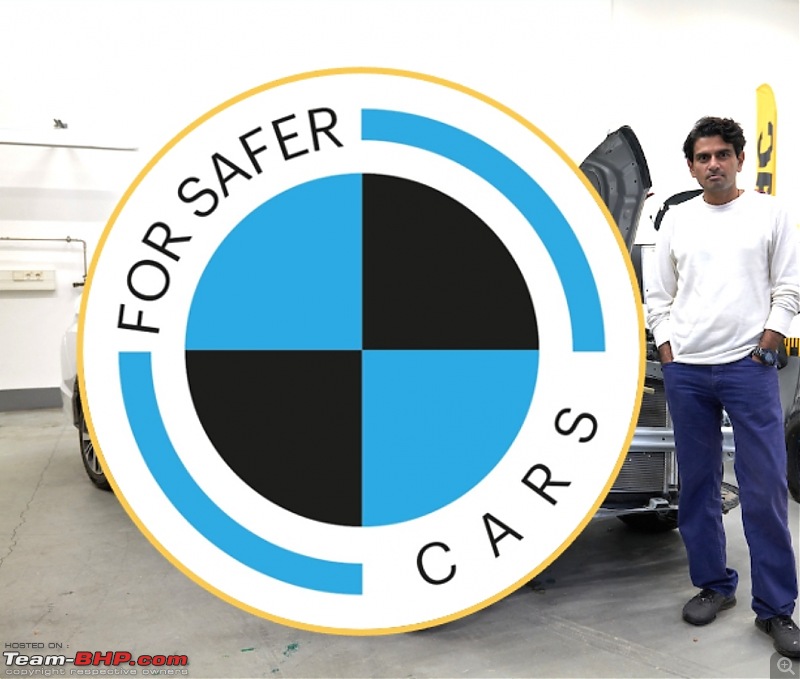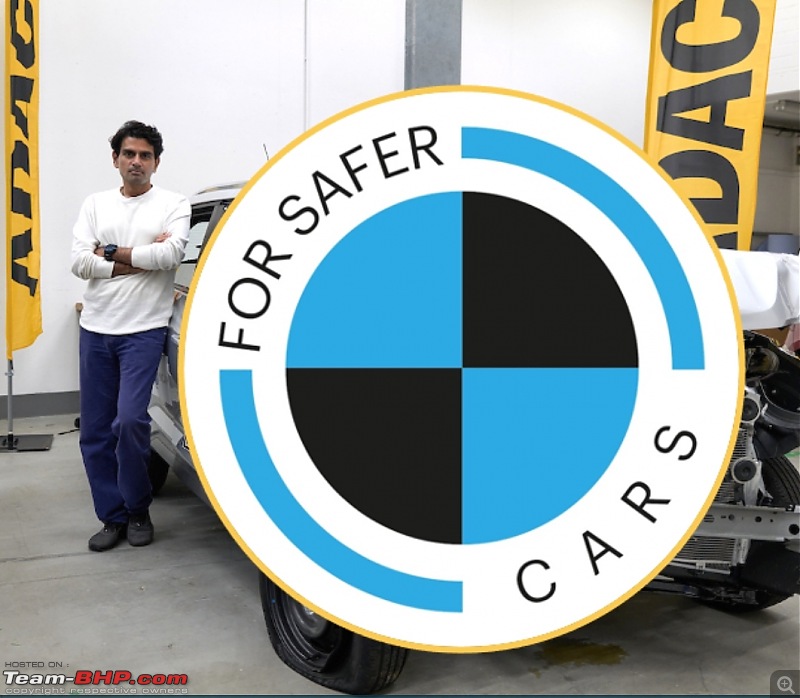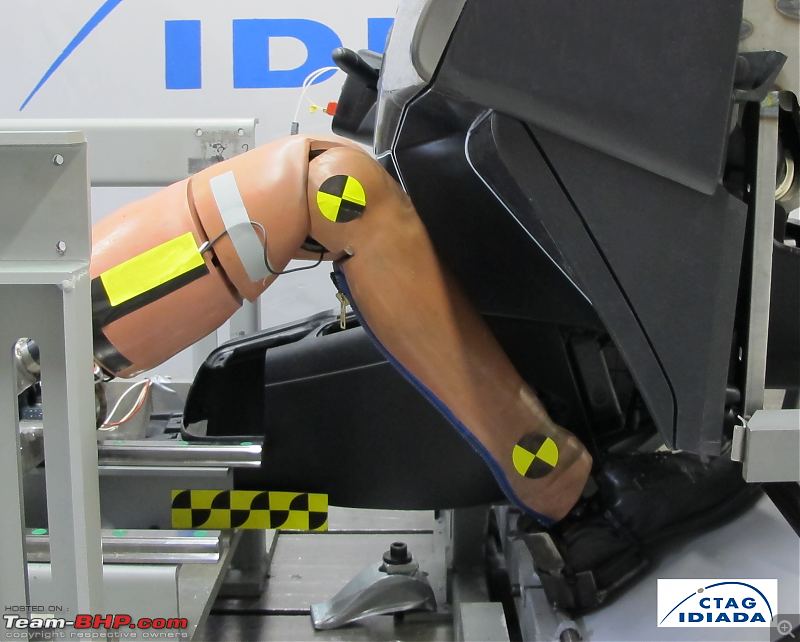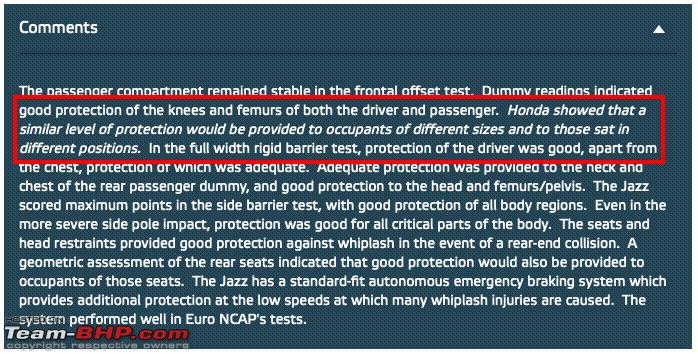| | #46 |
| Senior - BHPian Join Date: Nov 2019 Location: India
Posts: 1,565
Thanked: 8,135 Times
| |
| |
| |
| | #47 |
| Distinguished - BHPian  Join Date: Feb 2020 Location: Hyderabad
Posts: 8,723
Thanked: 47,820 Times
| |
| |  (1)
Thanks (1)
Thanks
|
| | #48 |
| Distinguished - BHPian  | |
| |  (3)
Thanks (3)
Thanks
|
| | #49 |
| Distinguished - BHPian  Join Date: Feb 2020 Location: Hyderabad
Posts: 8,723
Thanked: 47,820 Times
| |
| |  (4)
Thanks (4)
Thanks
|
| | #50 |
| Distinguished - BHPian  Join Date: Feb 2020 Location: Hyderabad
Posts: 8,723
Thanked: 47,820 Times
| |
| |
| | #51 |
| BHPian Join Date: Nov 2011 Location: Bhubaneswar
Posts: 646
Thanked: 1,305 Times
| |
| |  (2)
Thanks (2)
Thanks
|
| | #52 |
| BHPian Join Date: Nov 2008 Location: Bangalore
Posts: 991
Thanked: 5,107 Times
| |
| |
| | #53 |
| Senior - BHPian Join Date: Nov 2019 Location: India
Posts: 1,565
Thanked: 8,135 Times
| |
| |  (5)
Thanks (5)
Thanks
|
| | #54 |
| BHPian Join Date: Nov 2011 Location: Bhubaneswar
Posts: 646
Thanked: 1,305 Times
| |
| |  (1)
Thanks (1)
Thanks
|
| | #55 |
| Senior - BHPian Join Date: Nov 2019 Location: India
Posts: 1,565
Thanked: 8,135 Times
| |
| |  (4)
Thanks (4)
Thanks
|
| | #56 |
| BHPian Join Date: Nov 2011 Location: Bhubaneswar
Posts: 646
Thanked: 1,305 Times
| |
| |  (1)
Thanks (1)
Thanks
|
| |
| | #57 |
| Senior - BHPian Join Date: Nov 2019 Location: India
Posts: 1,565
Thanked: 8,135 Times
| |
| |  (2)
Thanks (2)
Thanks
|
| | #58 |
| Senior - BHPian Join Date: Nov 2019 Location: India
Posts: 1,565
Thanked: 8,135 Times
| |
| |  (2)
Thanks (2)
Thanks
|
| | #59 |
| Senior - BHPian Join Date: Nov 2019 Location: India
Posts: 1,565
Thanked: 8,135 Times
| |
| |  (1)
Thanks (1)
Thanks
|
| | #60 |
| BHPian Join Date: Dec 2020 Location: COK/BLR
Posts: 130
Thanked: 552 Times
| |
| |  (1)
Thanks (1)
Thanks
|
 |
Most Viewed












